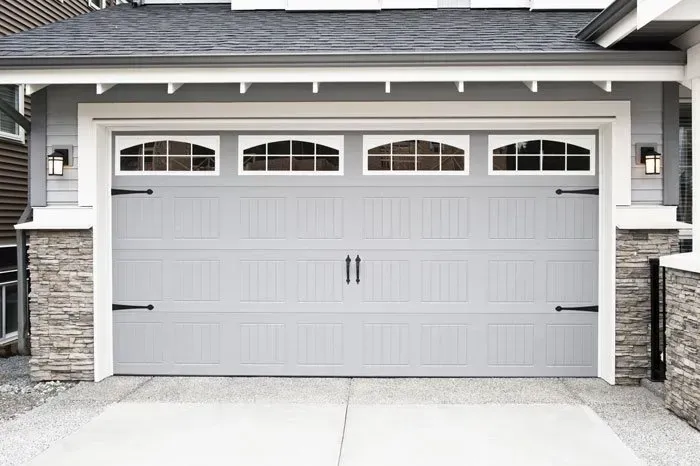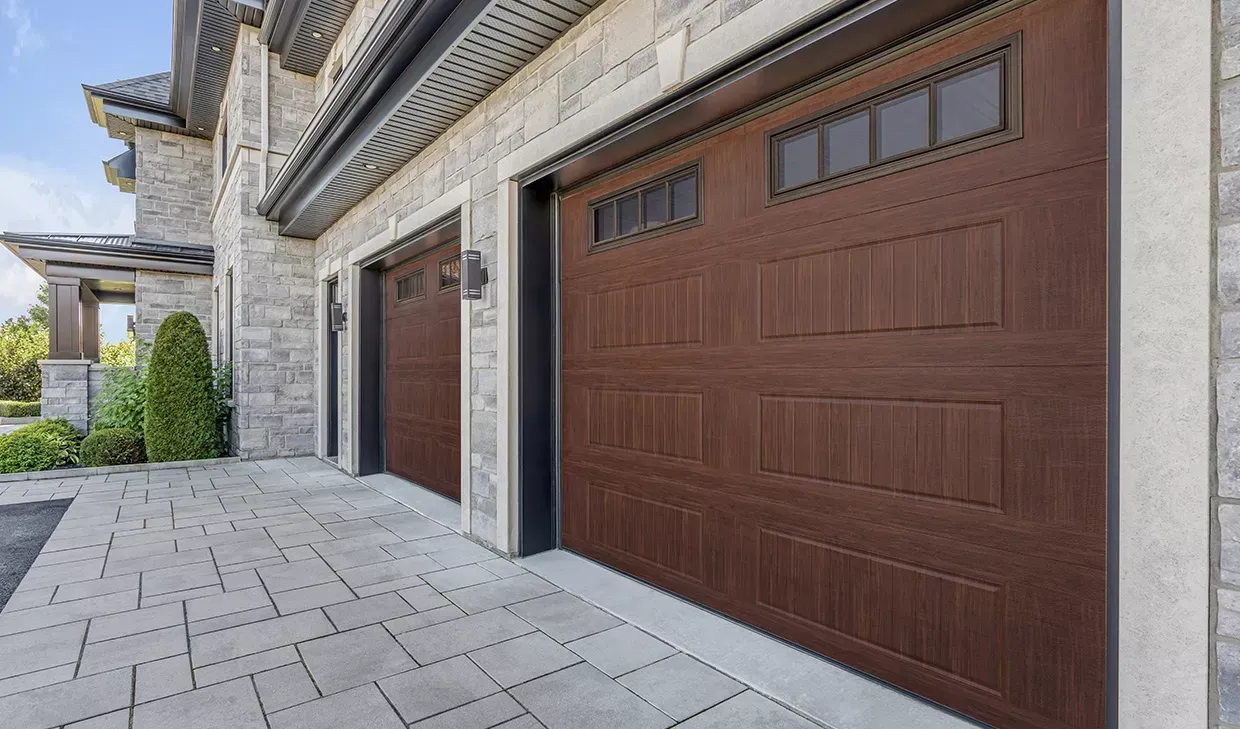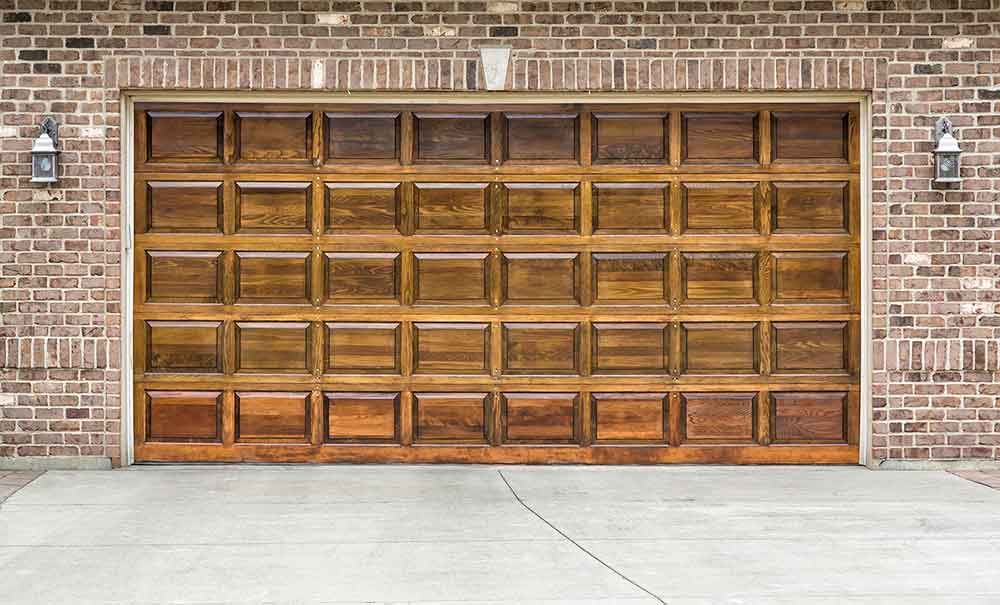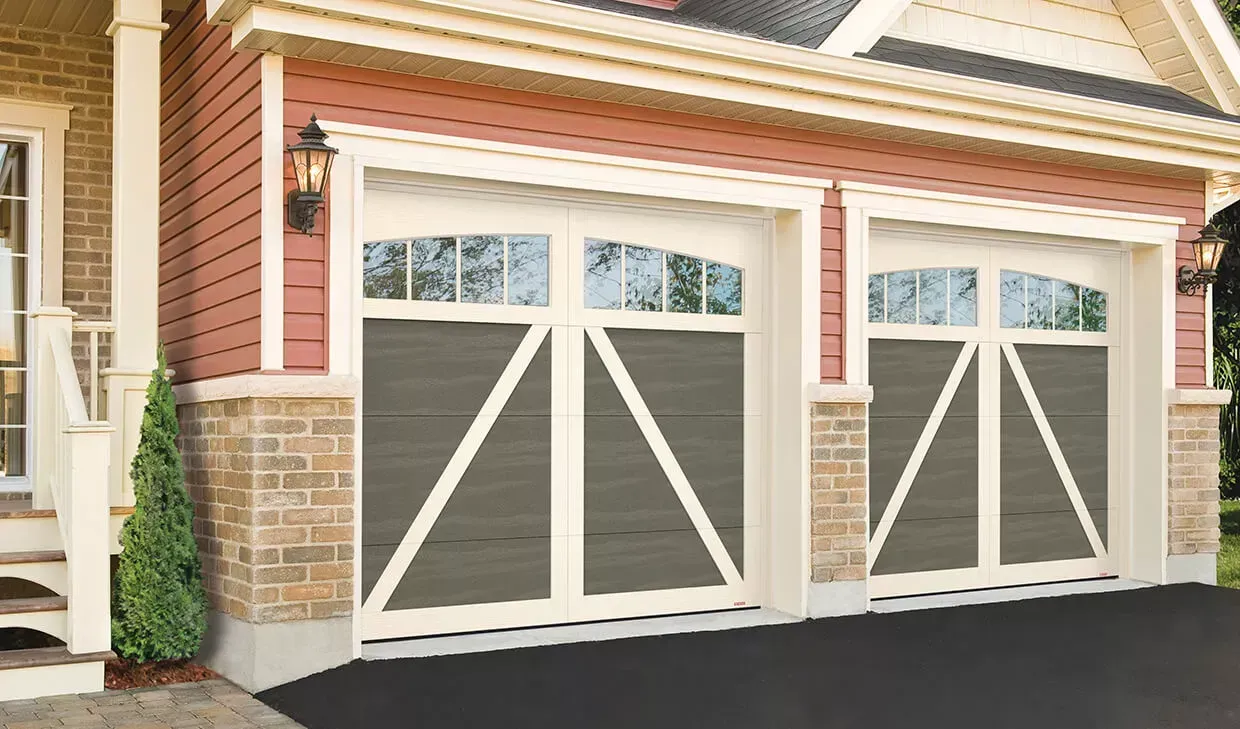5 Benefits of Installing a New Garage Door and Opener
More Safety Features
Replacing an outdated garage door and opener boosts safety significantly. New models include features like door reversing mechanisms and photoelectric eye sensors, which older systems lack. These features, mandated in the 1990s, prevent accidents by reversing the door if an obstruction, like a person or pet, is detected. The sensors stop and reverse the door's movement, reducing the risk of injury or death.
Better Insulating Characteristics
New garage doors are typically better insulated than old ones, which are often drafty and lack proper weather-stripping. Modern doors contain foam and are designed for better temperature control, improving energy efficiency and helping offset replacement costs.
Increased Strength
Replacing an older garage door with a newer model offers benefits, as older doors—especially wooden ones—can weaken over time due to weather, rot, and insects. Modern doors are more durable, lighter, and reduce strain on the opener and hardware.
Decreased Noise
Old garage doors become noisy over time as their hardware becomes twisted and misaligned, resulting in loud squeaks and groans. In addition, old openers and their drive systems are also louder; for example, an old chain drive may clatter and vibrate.
A new garage door and opener offer quieter, smoother operation, with modern hinges, rails, and rollers ensuring easy movement and belt or screw drives reducing noise compared to old chain systems.
Improved Curb Appeal
Installing a new garage door can greatly boost your home's curb appeal, updating its look and attracting positive attention. Modern doors come in various styles, like faux-woodgrain, offering the charm of wood without the cost or upkeep.
A new garage door lets you embrace modern styles, like the popular carriage house look. For expert help, contact Central Valley Overhead Door to find the right door and opener for your home.
















